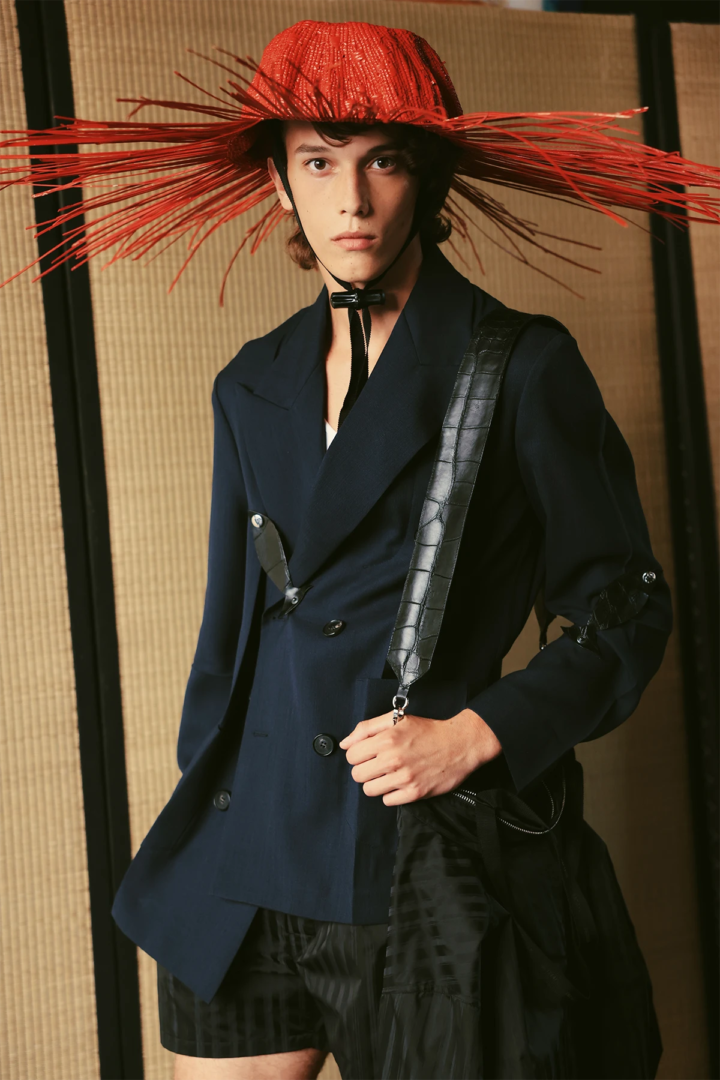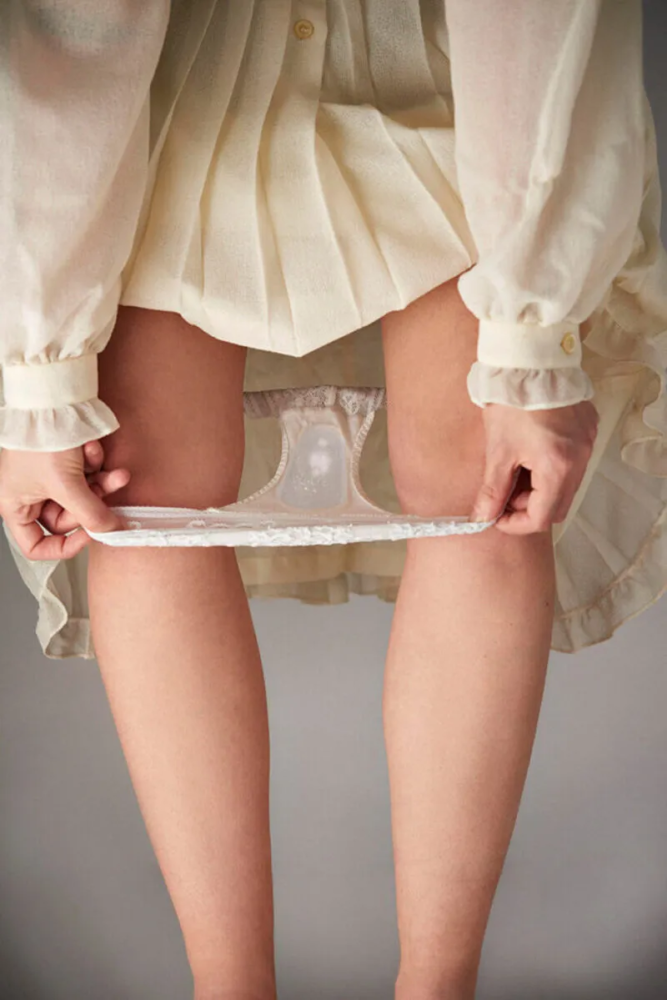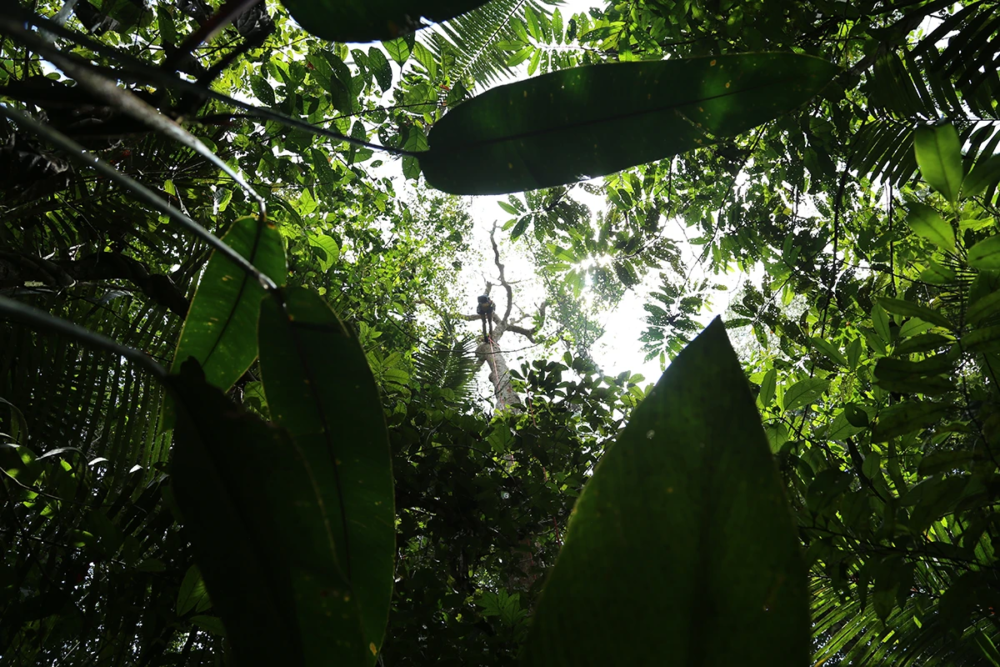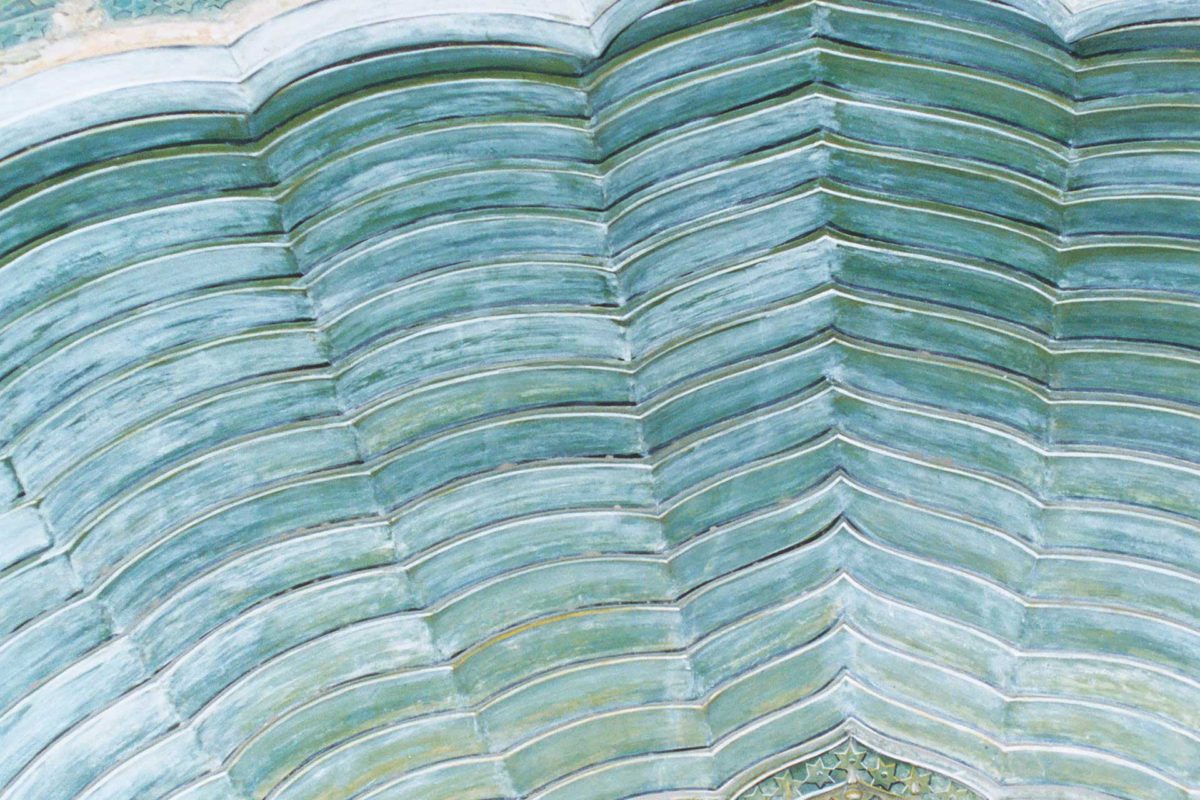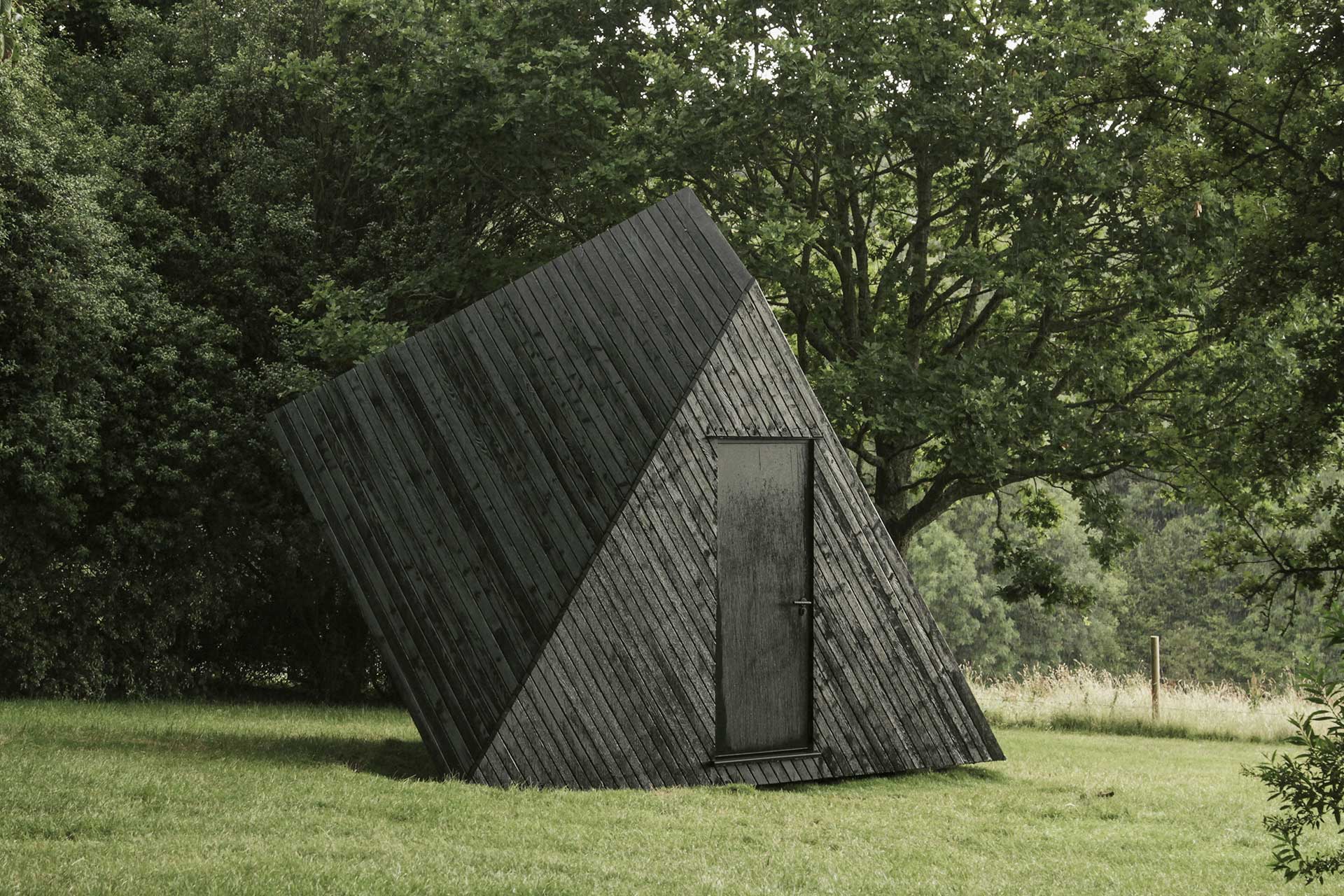
Setchu: Satoshi Kuwata on Japanese principles and the leather supply chain
“I traveled to Zimbabwe, met the people, saw the process. I didn’t want an abstract version of sustainability.” An interview with Setchu’s Satoshi Kuwata on materials and transparent sourcing
Roughness for Satoshi Kuwata stands somewhere in the middle of imperfection, structure, and creative tension between Japan and Europe
Satoshi Kuwata: I associate roughness with the Japanese word wabi-sabi. It means finding beauty in imperfection. Roughness is the kind of imperfection that brings ease. I am not fully rough yet, but I try to be—to find balance. I come from Japan, where design is structured and disciplined. Now, I live and work in Europe, where it’s the opposite. Roughness is the in between. It’s where I find ease with the uneven. Sometimes, if an idea is too expensive to achieve, it pushes me to be rougher.
In the industry, roughness often marks a designer at the beginning. We start raw, like a river-worn stone. Over time, yes, you refine. You never become smooth. At every level, we are still rough.
Setchu: what does it mean? Satoshi Kuwata explain the meaning of his brand’s name, in an interview with Lampoon
Satoshi Kuwata: The idea of Setchu has been with me since I was a child, but the word came to me later. I knew I wanted a blend of Japan and something else, something different. Setchu is a Japanese word with two meanings. Setchu means “a fusion of opposites.” It also means “compromise.” This duality is the heart of the brand.
I use grey quite often in my designs, and it’s not accidental. Grey is as Setchu as a color can get. It isn’t decisive, It isn’t loud. It holds a contradiction, it invites consideration, it says, “I’m not sure, and that’s okay.”
Can crocodile leather be sustainable? Satoshi Kuwata explains his ethical sourcing in Zimbabwe, in collaboration with Métiers d’Art
Satoshi Kuwata: We used small pieces of crocodile leather this season—in a bag, a bracelet, small accessories. I’m aware of the ethical weight that comes with using exotic skin. Can crocodile ever be sustainable? I believe it can, but only if the sourcing is ethical and transparent.
The leather we used comes exclusively from Zimbabwe, and only in carefully chosen details, never in large volumes. There, crocodile isn’t the luxury we know of. It’s their livelihood. The Batoka people in Zimbabwe are known to feed on crocodile skin—it’s been part of their lifestyle for centuries. If you go to Victoria Falls, you’ll find more restaurants serving crocodile meat than chicken. The process looks like this: they hunt for crocodiles and take the meat to feed their families. What happens to the skin? It’s discarded. Thrown away.
We source in collaboration with Métiers d’Art, who work directly with crocodile farms in Zimbabwe. These are the same farms that supply other big labels—brands with strict standards. Even the faintest scratch on the leather gets a skin rejected. That’s the leather I use—the second-grade, the imperfect. Otherwise, it’s burnt. Working with Métiers d’Art, I get the right to use the skin that would otherwise be thrown away.
In Japan, we have a word: mottainai—it’s our deep regret toward waste. When we cook a fish, we eat from head to tail. We don’t like waste. I’m Japanese, and mottainai is my culture. I don’t use crocodile unless it comes from Zimbabwe, unless the process honors that value.

Sourcing crocodile leather in Zimbabwe: tradition, waste reduction, and ethical transparency in Satoshi Kuwata’s process
Satoshi Kuwata: Being hands-on was non-negotiable. I traveled to Zimbabwe myself to see the process, meet the people, sign the papers. I didn’t want an outsourced version of this – I needed to understand the reality behind the material. Using this skin means telling the story of the Batoka people. I wanted to tell the raw story that I saw and learned myself—the Batoka people, the lifestyle, the land.
I remember fishing at Victoria Falls, watching the shifts of light throughout the day. The stripe pattern I created for this collection came from that: the transition from sunrise to day to dusk. The leather, the pattern—they’re both rooted in what I experienced there.
I collaborated with the Jafuta Foundation, which focuses on wildlife conservation. Even the national newspaper wrote about the project, the use of the material and the transparency we showed. That matters to me. If I’m going to tell this story, I want it to be raw, unfiltered and real. That’s where design begins.
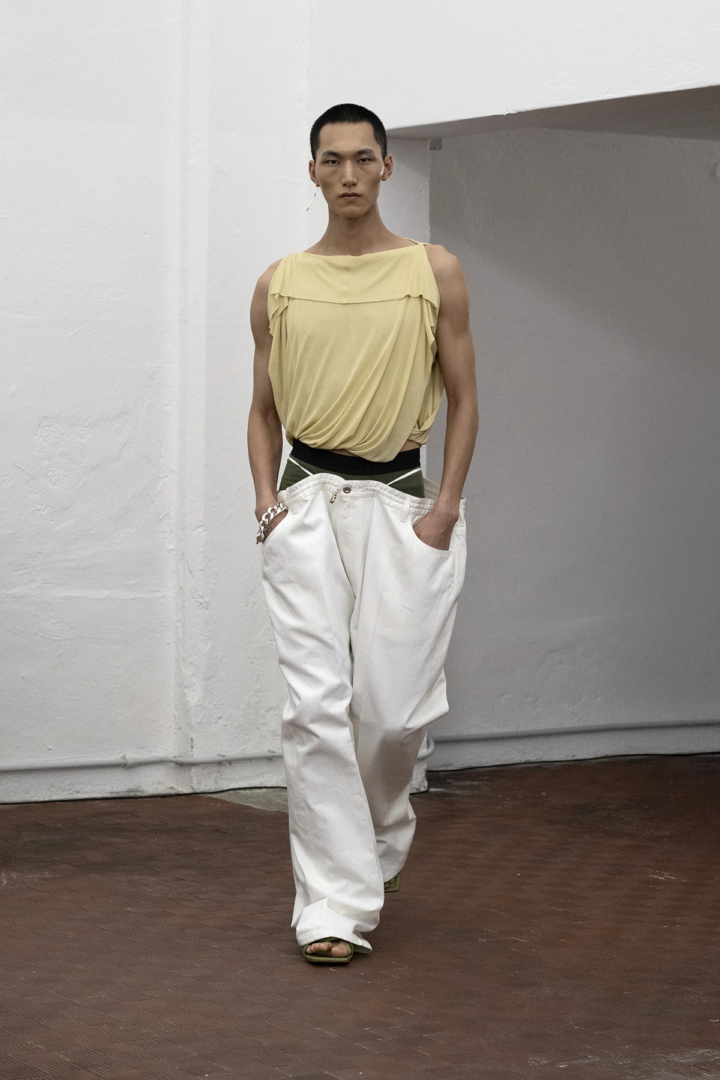
Why Satoshi Kuwata only uses second-grade exotic skins and how mottainai—Japan’s culture of waste regret—informs his choices
Satoshi Kuwata: Working with crocodile leather was a challenge. It resists conformity—difficult to cut and design—but the result is rewarding. It’s more durable than any other skin I’ve worked with. We collaborated with Italian artisans whose factories are equipped with machinery built specifically for exotic hides. This was for the larger pieces. I hand-cut the smaller components to make sure it’s precise and nothing goes to waste.
Precision matters, especially with a texture this unforgiving. One wrong movement and the skin is ruined. I wanted to make sure every cut was intentional. Nothing went to waste. It reminded me of what drew me to design in the first place—cutting, sewing, building something with my own hands. That intimacy with the material, that directness, is where I feel most connected to the craft.
When I first touched the leather, I felt appreciation for nature and the animal itself. I felt the strength that would give any garment longevity and timelessness. This is a priority for my designs—to make sure that they last a long time. The use of crocodile was sustainable, and so are the designs. We sent the skin from factory to factory, making sure that not even a small piece goes to waste. We made the bag, then sent the leftover leather for the shoes, and the remaining pieces were used for bracelets and accessories for garments, allowing each stage of production to extract something new.
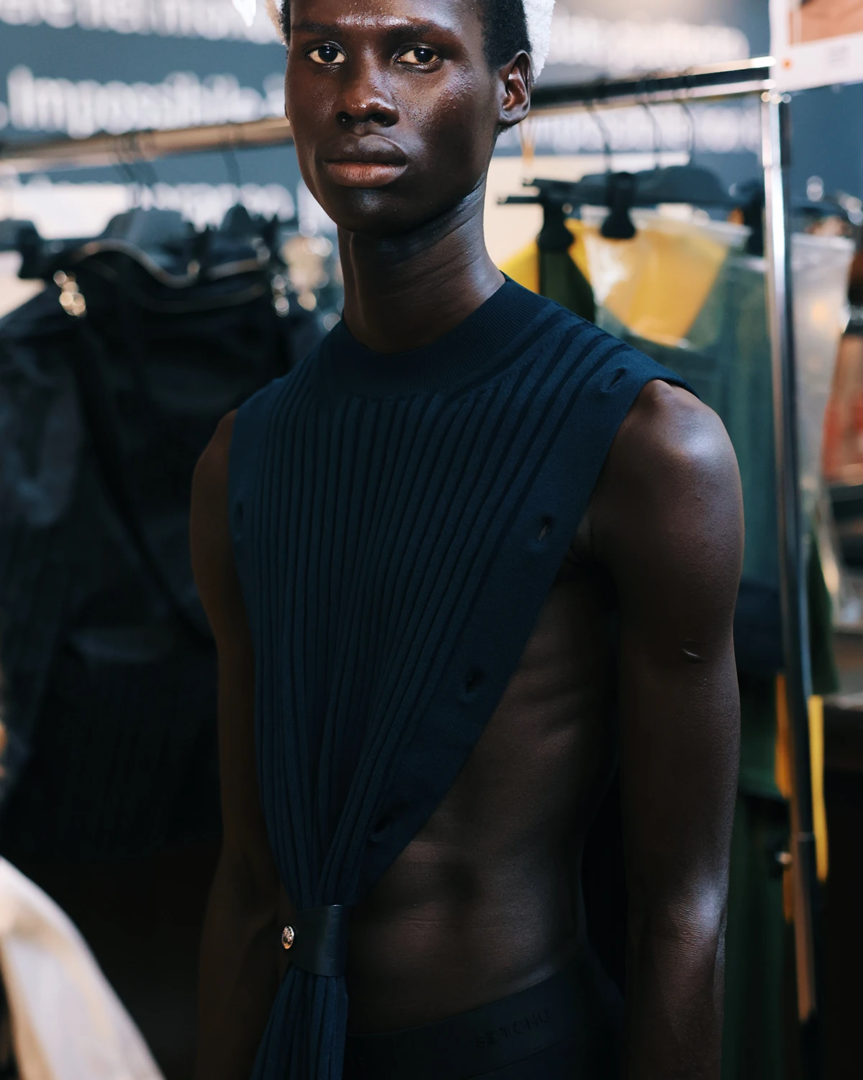
First-hand sourcing in Zimbabwe: how Satoshi Kuwata grounded his design in the culture, wildlife, and storytelling of the Batoka people
Satoshi Kuwata: Portuguese cotton, New Zealand wool—each one is chosen. I appreciate leather, be it calfskin, lambskin or crocodile. With leather like calfskin and lambskin, you can’t tell which one of them is used for shoes, for example. Most of them are indistinguishable. Crocodile leather doesn’t look similar to them, although fake croco made of calf skin is widely used now. The question is, how is that made? The cow is slaughtered to get the skin and then heat-treated to mimic the croco texture. How sustainable is this? To me, all animal life—whether it’s a fish, a cow or a crocodile—holds the same value. That’s why I only use crocodile sourced through a transparent process in Zimbabwe.
Design-wise, I’m mixing materials. This is one of the reasons why I’m in Italy—it’s like a laboratory where you can create whatever you need. Every material must have a reason to be used, and every material can be sustainable, depending on how you treat it.
We’re not a mass-producing company. We don’t need to compromise. With cashmere, for instance, we source only certified, traceable options. Nothing in my collections is easy to access, because ease often comes at the cost of integrity. Sometimes, the fabric leads the shape. Cashmere, cotton, wool—these are timeless staples. We do occasionally mix in synthetics like polyester. It’s not traditionally sustainable, but it’s durable. The real issue is overconsumption. If you wear a polyester piece for ten years, it becomes more sustainable than any fast-discarded organic cotton.
There’s no perfect material. There is a perfect intention behind how you use it. That’s what I am interested in.
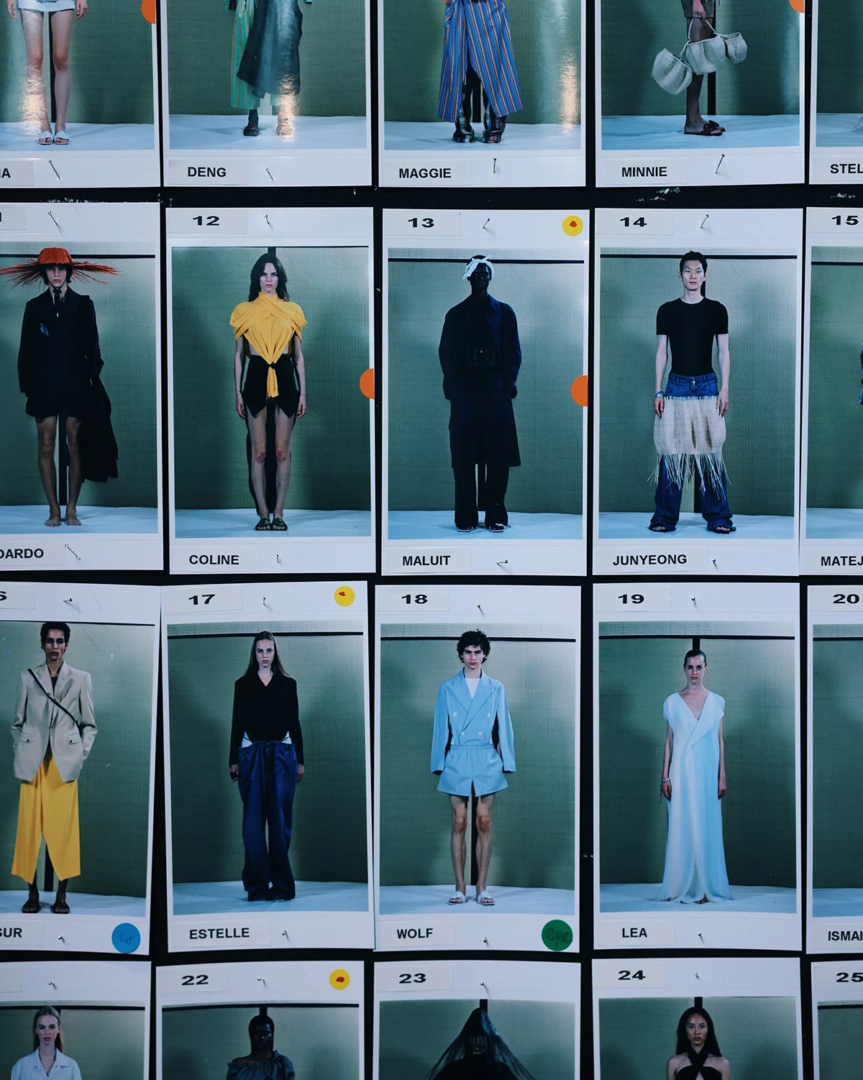
Interview with Satoshi Kuwata on fabrics, materials and craftsmanship: I choose to use hemp because I studied it and found that hemp is far more ethical
Satoshi Kuwata: When it comes to fabrics, I don’t draw immediate lines without knowing more about them. I study, I research, I look deeper. I don’t label materials ethical or unethical on the surface, because it’s never that simple. Take linen and hemp as an example. Which one is more sustainable? I choose to use hemp because I studied it and found that hemp is far more ethical.
Hemp is more expensive than linen, and is not easily accessible today. Hemp is way more sustainable because, unlike linen, it can be worn in all seasons. It has thermoregulating and breathable properties. If you wear hemp in the winter, it keeps you warm. In the summer, it cools you down. That makes it viable across seasons. Linen, on the other hand, is lighter on the body but heavier on the environment. It requires far more water to weave, and that’s not a cost I’m comfortable with. Hemp is more expensive, harder to source, but the value is in its lifecycle. It lasts longer, performs better and aligns with my design priorities.
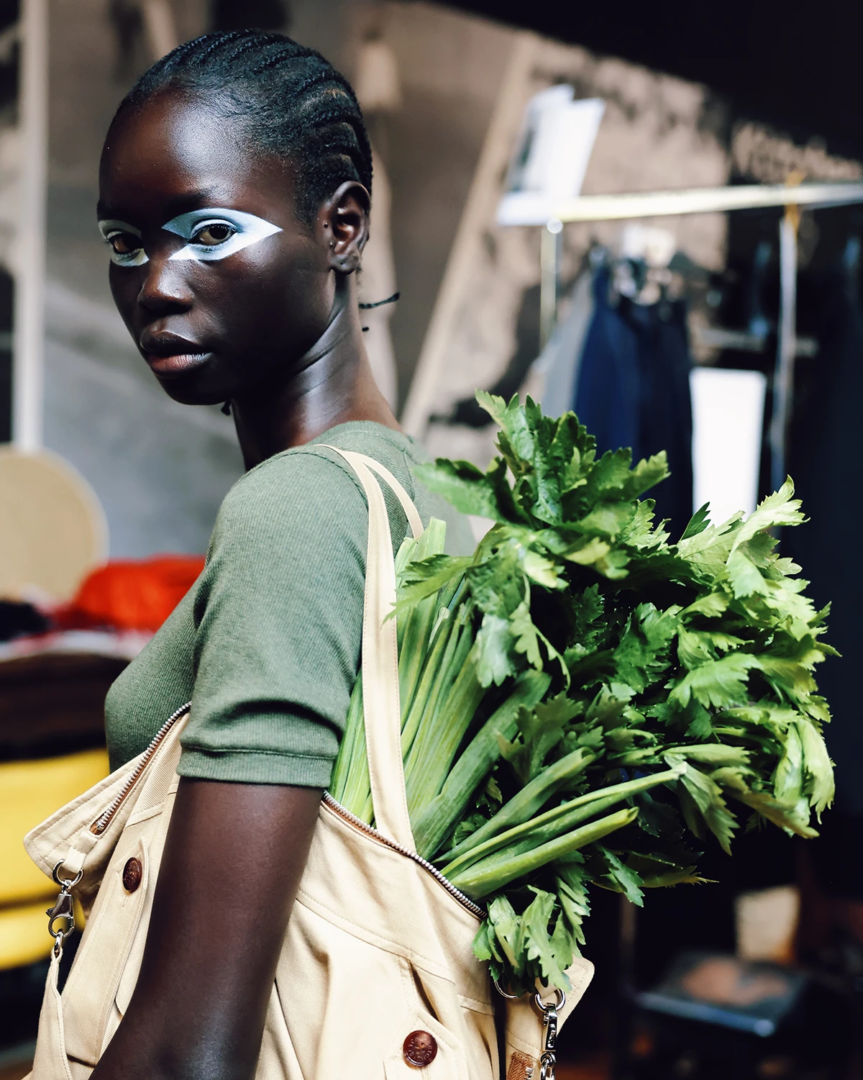
Denim made of paper
We also use denim made of paper. Like hemp, it keeps you warm in the winter and cools you down in the summer. Also, since it’s paper, bacteria cannot live in it, and it doesn’t smell. You don’t have to wash too often, which, again, is sustainable.
This paper yarn begins with sugar cane. Sugar is the most overproduced agricultural product in the world. After extraction, the remains of the cane are burned or discarded, left in the fields where they often trigger fires. Instead of throwing it away, we reclaim it. We take the leftover sugarcane fiber, turn it into powder and weave it into paper. That paper becomes yarn. That yarn becomes denim. Then we blend it with cotton.
Sustainability is less about the material and more about how it’s used, how it’s discarded and what story it tells from beginning to end. I need to be able to stand behind every material I work with. And to do that, I have to know it deeply.
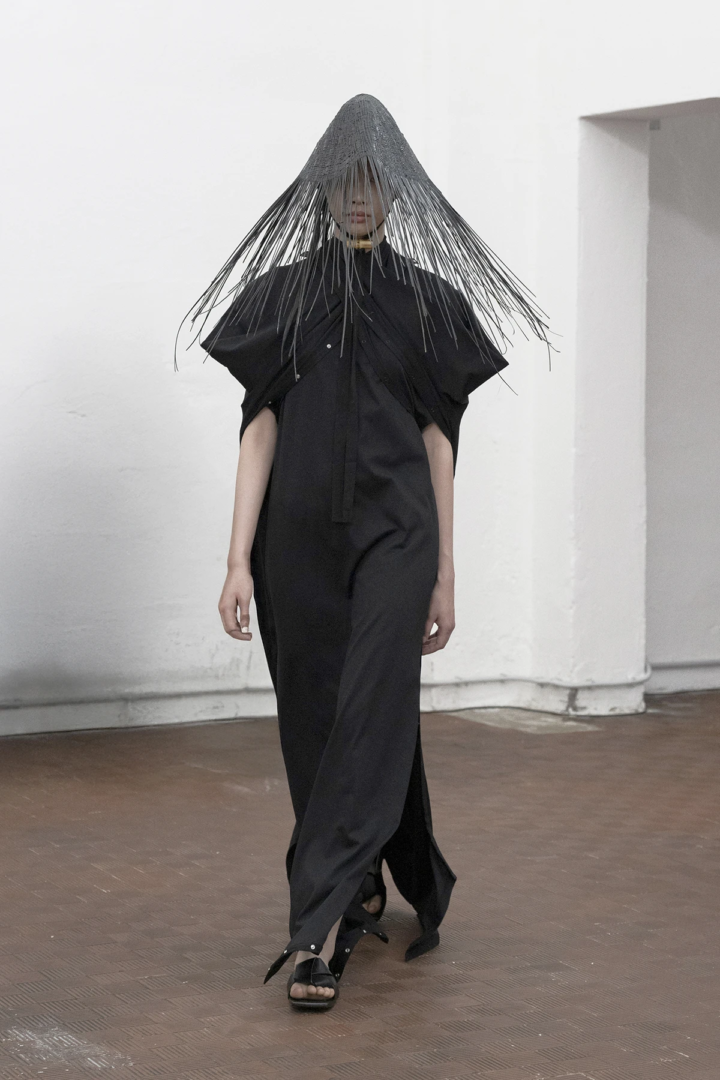
Maximizing every piece: the circular design process behind Setchu’s use of natural materials
Satoshi Kuwata: Longevity is the foundation of Setchu. It starts from the material, but we go further. Each garment is multipurpose, transformative and free for interpretation by the wearer. Each piece comes with a QR code that leads you to a digital guide on alternative ways to style it. A single hoodie, for example, can be zipped and re-zipped into entirely new shapes. It becomes a skirt. A jacket. A layering piece. One garment, many lives.
If the garment adjusts, so can your lifestyle. You don’t have to use an air conditioner. You don’t have to buy a new garment if you get bored, because what you already have transforms. Instead of buying six different garments, you invest in one intelligent design. When you travel, you bring one onto the plane instead of six. It’s lightweight, compact and kinder to the carbon footprint.
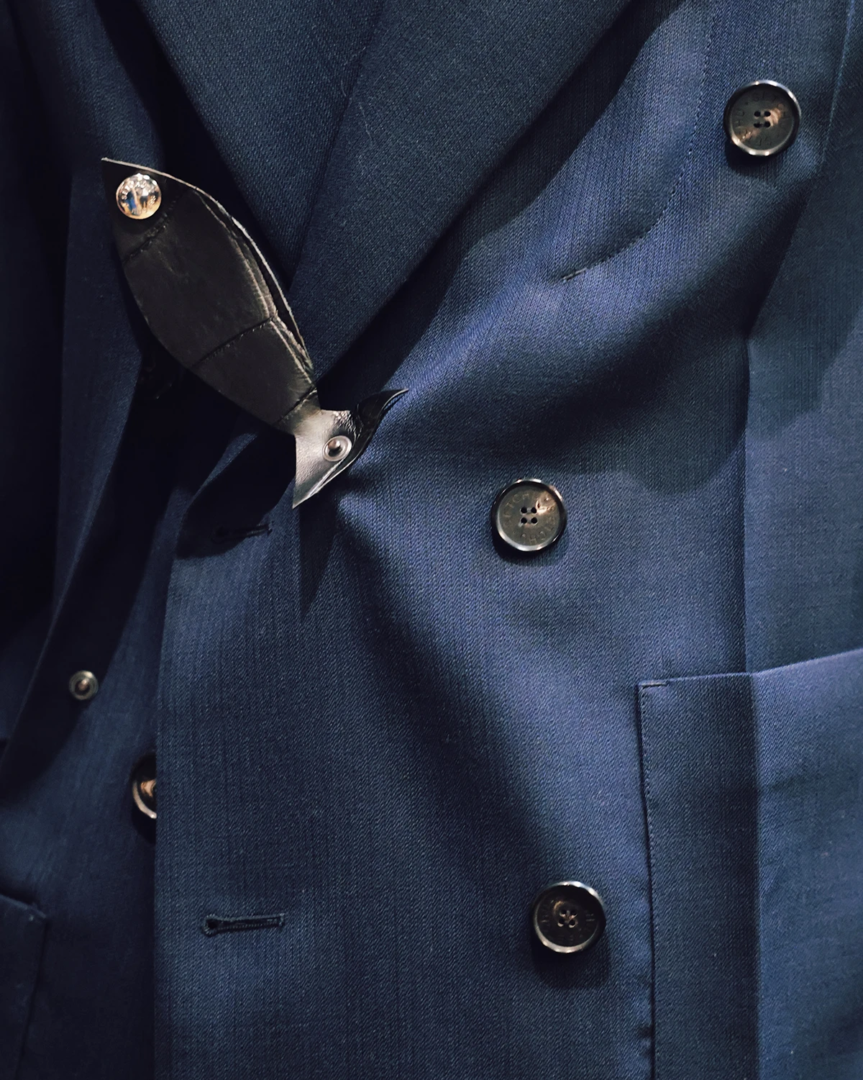
This relationship with the material began long before Setchu, at a time when Satoshi Kuwata was still in his hometown in Japan. He started sewing at the age of seven
Satoshi Kuwata: I was born in Kyoto, Japan. My aunt was a designer, so I grew up surrounded by garments and creativity. Design has always been part of my everyday life, familiar and natural. I began sewing very young, creating my own silhouettes. Even then, something felt unresolved. I soon realized that while our national dress was a kimono, we grew up wearing Western clothing. I felt restricted in my designs like something was always missing. Something was missing in the conversation between heritage and what we wore. That’s when I realized I’d grown up in a shell. A beautiful, Japanese shell, but a shell, nonetheless. It was a comfort zone for me personally and for my designs.
That’s how the decision to move to London was born. I knew I needed to move abroad, to experience something different and out of my ordinary life. I moved to London at 21, still interested in tailoring and excited to work in Savile Row and learn the craft where tailoring began. But Central Saint Martins ended up being the true shift for me. It challenged me in ways I’d never been challenged before, it was intense—personally, creatively, emotionally. It broke me open. I kept going because I had the same dream at 21 as I did at ten—I knew I wanted to own my own brand one day.
From Japan to London, Paris, New York, Milan: Satoshi Kuwata’s geography
Satoshi Kuwata: From then on, I chose every job and every opportunity with intention. Everything was calculated. Everything had a purpose. Owning a brand means being a designer one day, an intern the next day, a merchandiser, a CEO. This is why I treated my career as a space to learn through practice. No theory, just practice. I worked in large corporations and small ateliers, I worked for a tech startup, a sneaker brand, a mid-market fashion company, and even an haute couture house. I needed all of it.
The same goes for the cities I lived in. I lived in London first, then I moved to Paris and New York after that. I went to each fashion capital to study and understand how people live and what they want. After New York, I started looking for a job in Milan and I got it. This is where Setchu began.
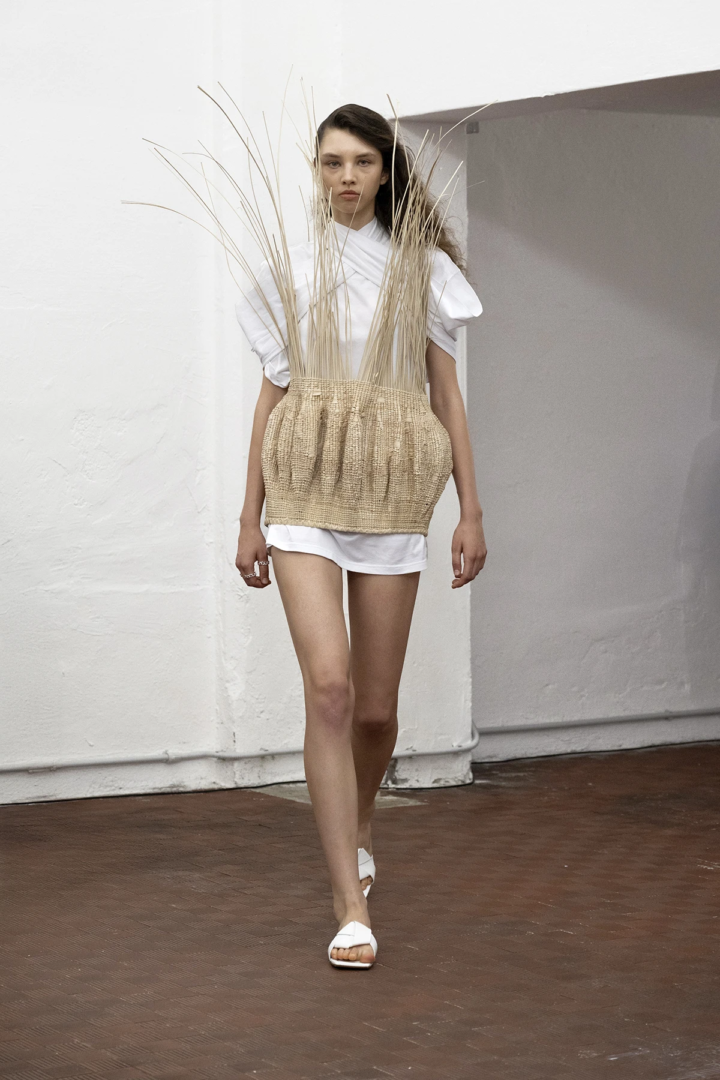
Satoshi Kuwata lives and designs in Milan: a personal reflection on transport, urban flaws, greeneries and water
Satoshi Kuwata: I was certain about moving to Milan after New York. It felt like the next natural break from routine, and here we are, eight years later. Now, if I’m not in the office, I’m most definitely in my house—my sanctuary—lighting up a cigarette in my kitchen. That’s where the energy lives. That’s where the ideas form.
If I’m in the mood for a little social hour, I’ll probably take a drink in Bar Biccherino in my neighborhood. My commute is from Piazza Napoli to Porta Romana. Convenient? Not really – but I love a challenge, and Milan’s public transport gives me just that. Though I’ll admit, the new blue metro line changed my life. I still can’t believe you can get to Linate by train now.
Milan is not perfect, but is there anything perfect? I’d love to see more trees, more water. There’s a shortage of that. You know what I love? The way people speak about it. Speaking about the city, even with frustration, means they think of it. The more you speak up about the issue, the more likely it is to change.
The hardest part of running a brand in Milan?
The hardest part of running a brand in Milan? The concept of time. I am from Japan, where everything arrives precisely on time. Here, nothing does. Italian people are never on time, but they will always show up if you need help. That’s something I’ve come to love. I’ve learned that lateness isn’t disrespect. It’s just the way of living here.
I’m still Japanese at my core. I need structure. I need to plan. Right now, we’re finalizing fabrics for the next collection. I’m in that foundational phase, right before sketching and draping. Research is the most active right now. Design is never truly finished. Even when I present a garment, and I’m satisfied, I always see where I can improve. I don’t tell myself; I did my best. I tell myself, next time, I can do better.
Susanna Galstyan
